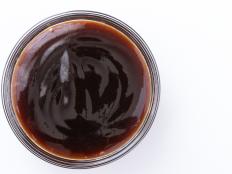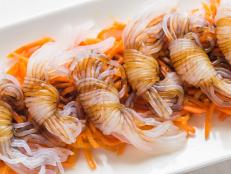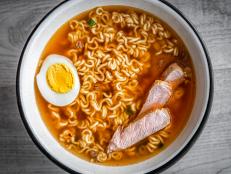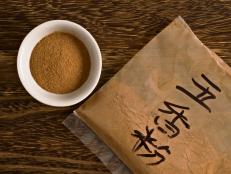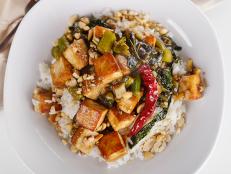What is the Difference Between Chow Mein and Lo Mein?
The difference comes down to the way the noodles are cooked.

luchezar/Getty Images
By Clarissa Wei for Food Network Kitchen
Clarissa Wei is a freelance journalist based in Taipei.
The earliest Chinese dishes in America came from Cantonese immigrants, and by now, their quick and easy noodle plates have become all-American favorites. Chow mein and lo mein are among these classics, but what’s the difference between the two, and what do their names even mean?

Thomas Faull/Getty Images
What Is Chow Mein?
Chow is the Cantonese term for stir-fry, and mein means noodle. Therefore, chow mein means stir-fried noodles. Wheat noodles are semi-cooked on a wok first with hot water, and then tossed over a high heat with the accompanying ingredients. Those ingredients vary. Common combinations include thin strips of pork with bok choy, julienned carrots, shrimp and piquant chunks of scallions.
Cantonese Chow Mein vs. Americanized Chow Mein
The differences are actually quite subtle on this one. Americanized chow mein is heavier on the flavors, a bit saltier and will often use broccoli, chicken and carrots as a pairing. Chow mein found in China is much more delicate. Traditional Cantonese cooking is actually known for its soft and elegant flavor profiles. While there’s still a heavy amount of flavor, the more common ingredients are napa cabbage, leeks, carrots and thin slices of pork.

bhofack2/Getty Images
What Is Lo Mein?
Lo means stirred. Lo mein is usually made with egg noodles. The noodles are first cooked separately and then gently draped with sauce and toppings. There isn’t a lot of heavy wok action on this dish. It can be quite simple—a savory oyster plus soy sauce concoction makes up the sauce, and the topping could be as simple as slivers of scallions or a protein and a bunch of veggies.
Shop This Look
What Is the Difference Between Chow Mein and Lo Mein?
The main difference between chow mein and lo mein is in the cooking technique, though few recipes actually make the distinction. In chow mein, everything is done all at once in the wok. It’s a high-heat affair and the toppings are really integrated into the final dish. Lo mein is made in parts: cook the noodles first, add the sauce, then put on the toppings.
Chow Mein Recipes
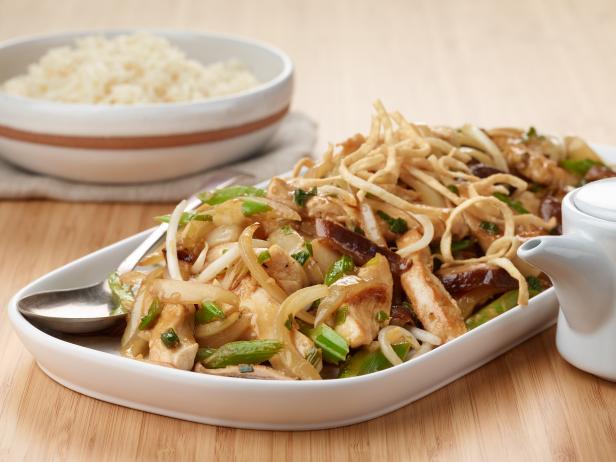
Renee Comet
Spice up your weeknight dinner with this incredibly simple recipe for chicken chow mein. Pro tip: make the sauce and cut up all the ingredients ahead of time, then cook everything in one go.
A simple, gently seasoned chow mein with lots of bright, crunchy vegetables. The vegetables can be swapped out with whatever is in season.
Lo Mein Recipes
An easy stir-fry that highlights shrimp, garlic and thin egg noodles.
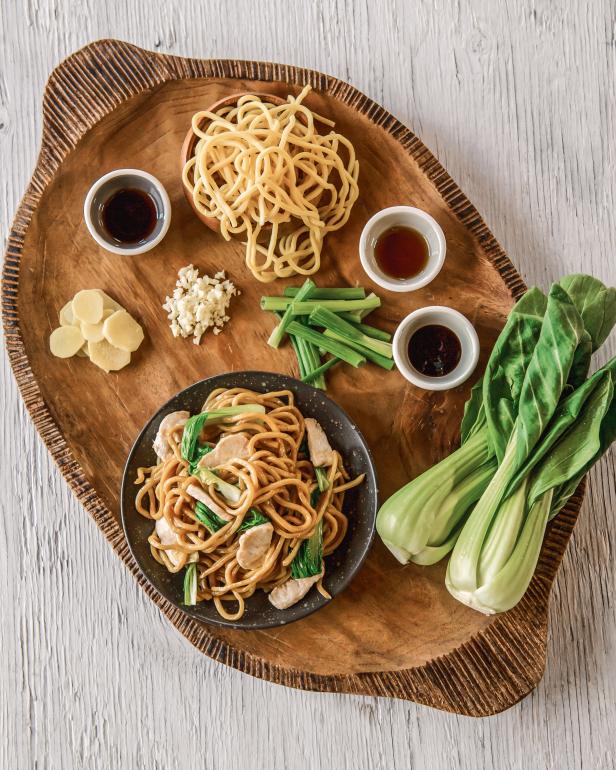
www. KenGoodmanPhotography.com
This recipe covers the fundamentals of lo mein. The sauce is a savory concoction of oyster sauce, sesame oil and soy sauce, and it’s all served over a hearty plate of fresh noodles.

RYAN DAUSCH
A vegetarian classic for all skill levels, this is an incredibly fast dish to whip up. Spicy tofu gives it an extra boost of protein.

RYAN DAUSCH
A burst of flavor with slices of ginger and scallions, accented by a generous bits of spicy pepper.

Antonis Achilleos Prop Stylist: Marina Malchin 917 751 2855
This is a hearty dish with thin slices of pork and egg and a heaping serving of vegetables. It’s well-balanced and healthy.
A simplistic rendition on lo mein with soba noodles and beautiful, crisp snap peas for textural contrast.
Related Links:




























